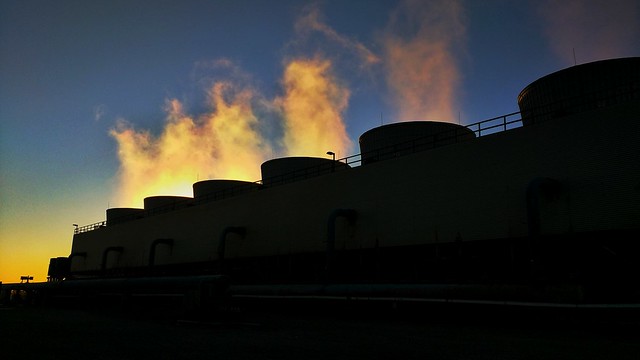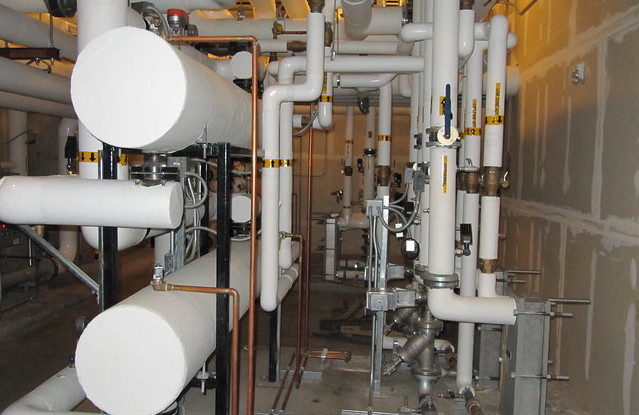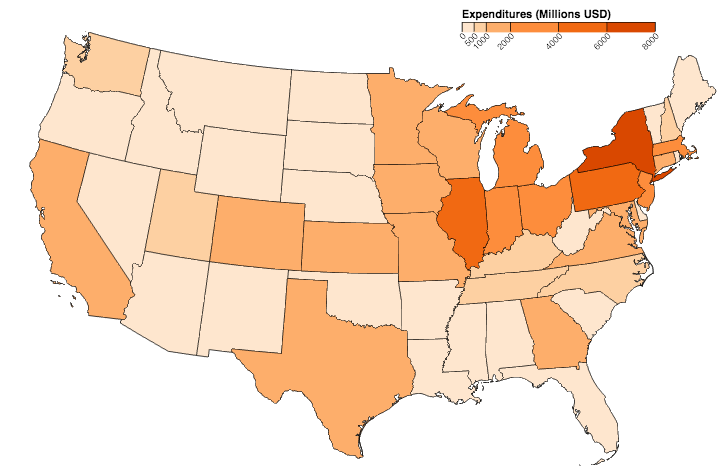What is the GeoVision Analysis?
Geothermal energy is a renewable and diverse solution for the United States—providing clean, reliable, and flexible electricity generation, as well as serving many direct-use needs such as heating and cooling. Geothermal resources can be found nationwide, are "always on," and represent vast domestic energy potential. Despite the many benefits, however, the United States has tapped only a fraction of its abundant geothermal resources.
The U.S. Department of Energy's (DOE's) Geothermal Technologies Office (GTO) engaged in a multiyear research collaboration among national laboratories, industry, and academia to examine the potential for geothermal resources to play a key role in the nation's energy future. Dubbed the GeoVision analysis, the effort used rigorous modeling and simulation to enable a team of experts to assess the state of geothermal energy, quantify growth opportunities and associated impacts on the nation, and formulate actions to increase geothermal deployment.
The GeoVision analysis included a range of scenarios to evaluate geothermal deployment potential and the impacts that would result from developing and implementing new geothermal technologies under various market conditions. The GeoVision report summarizes the analysis and discusses the many opportunities that geothermal energy offers in both electric and non-electric uses. This scenario viewer provides an interactive look into the data and results of the GeoVision analysis.

Geothermal power plants generate electricity by first accessing the reservoir by drilling wells and then piping steam or hot water to the surface. The hot water or steam powers a turbine that generates electricity.

In district-heating applications, water from the geothermal resource is piped through heat exchangers or directly into commercial or residential buildings to meet heating and hot-water demands for entire districts.

U.S. residential and commercial heating and cooling demand can be met by geothermal heat pumps, which use the thermal storage properties of the shallow earth to provide efficient heating and cooling.
GeoVision Analysis at a Glance
| Electricity | Heating/Cooling | |
|---|---|---|
Proven TechnologiesFocus: Financing, Regulations, Outreach, Policy |
||
| Electricity |
Conventional GeothermalDouble size of industry by regulation reform |
|
| Heating/Cooling |
Geothermal Heat Pumps2 million installed vs. 28 million potential |
|
Developing TechnologiesFocus: R&D, Technology Advancements |
||
| Electricity |
Enhanced Geothermal Systems (EGS)8.5% of total generation by 2050 (20.4% of all RE generation) |
|
| Heating/Cooling |
Direct Use - EGS0.1GW installed vs. 320GW+ potential |
